An Arresting Flight - N8234F [KWRB - KWRB 1.9 hrs/108.4] TT] The FAA requires all pilots to have a Flight Review with a Flight Instructor once every two years. We call this the Biennial Flight Review, or BFR. A BRF consists of ground and in-flight training of at least an hour each. As a risk reduction measure, the aero club I fly from requires the same review annually. My flight review is due shortly. Since I have not been flying much this winter, some practice is in order. The weather was exceptional - warm and clear. Winds were 340@8 kts. Good day to fly!
We headed to the aero club, dispatched the airplane, filed the flight plan with base operations, and performed the pre-flight. After start up, we contacted Ground Control for taxi and departure clearances. We cleared up a paperwork mix up with base operations (they had us dispatched in a different aircraft), we taxied to runway 33 at taxiway Bravo. As part of my Departure clearance, we were told there was a maintenance crew working on the aircraft arresting system, and when I returned to the base, please give the tower a ten minute heads-up so they could get the maintenance crew off the runway before our arrival. No problem.
Unlike civilian airports, many military airfields have cables across the runway to stop an aircraft in the event of brake failure upon landing. At Robins, there is a steel cable at each end of the runway. This cable lowers into a groove across the runway. If needed in an emergency, the cable can be raised 2-4 inches above the runway. As an aircraft crosses the cable, the aircraft is arrested by "catching" the cable with a lowered arresting hook. Apparently one of our cables needed maintenance today.
After the run-up and "before takeoff" checks were complete, I contacted Tower - "N8234F ready for take-off". Tower responded with "Continue to hold short - runway 33. We have to get the maintenance crew off the runway." This took several minutes. I did not time it. Seemed like a long time, but was probably 5-6 minutes. Tower knew I was taxiing for departure, right? Oh well.
Taxiway Bravo is a midfield intersection - just about mid-runway. From our position we could see the maintenance crew at the approach end of runway 33, about a mile away. We were going the other direction so they were really no factor for our take-off. I assume Tower wanted them off the field in the event I had a problem and had to return to the field. In that instance, I would be landing directly over them. Regardless we waited a long time, but were eventually cleared for take-off.
As soon as I was established in the practice area, I put the airplane into slow flight. There was a good bit of light turbulence and thermal activity today, making slow flight a challenge. It was similar to the day I took my flight review last year. Although challenging, it was good practice just keeping the wings level at 55 knots.
After transitioning back to normal flight, I performed turns-around-a-point, then steep turns. My wife was riding along with me today and this was her introduction to steep turns. She tolerated it well. I did not perform any stalls as stalls would probably exceed my wife's tolerance for maneuvering flight.
Heading toward Hawkinsville, Ga, we saw this farm with irregular shaped fields. This is flat land - why don't they just make the fields square?
We headed to the aero club, dispatched the airplane, filed the flight plan with base operations, and performed the pre-flight. After start up, we contacted Ground Control for taxi and departure clearances. We cleared up a paperwork mix up with base operations (they had us dispatched in a different aircraft), we taxied to runway 33 at taxiway Bravo. As part of my Departure clearance, we were told there was a maintenance crew working on the aircraft arresting system, and when I returned to the base, please give the tower a ten minute heads-up so they could get the maintenance crew off the runway before our arrival. No problem.
Unlike civilian airports, many military airfields have cables across the runway to stop an aircraft in the event of brake failure upon landing. At Robins, there is a steel cable at each end of the runway. This cable lowers into a groove across the runway. If needed in an emergency, the cable can be raised 2-4 inches above the runway. As an aircraft crosses the cable, the aircraft is arrested by "catching" the cable with a lowered arresting hook. Apparently one of our cables needed maintenance today.
After the run-up and "before takeoff" checks were complete, I contacted Tower - "N8234F ready for take-off". Tower responded with "Continue to hold short - runway 33. We have to get the maintenance crew off the runway." This took several minutes. I did not time it. Seemed like a long time, but was probably 5-6 minutes. Tower knew I was taxiing for departure, right? Oh well.
Taxiway Bravo is a midfield intersection - just about mid-runway. From our position we could see the maintenance crew at the approach end of runway 33, about a mile away. We were going the other direction so they were really no factor for our take-off. I assume Tower wanted them off the field in the event I had a problem and had to return to the field. In that instance, I would be landing directly over them. Regardless we waited a long time, but were eventually cleared for take-off.
As soon as I was established in the practice area, I put the airplane into slow flight. There was a good bit of light turbulence and thermal activity today, making slow flight a challenge. It was similar to the day I took my flight review last year. Although challenging, it was good practice just keeping the wings level at 55 knots.
After transitioning back to normal flight, I performed turns-around-a-point, then steep turns. My wife was riding along with me today and this was her introduction to steep turns. She tolerated it well. I did not perform any stalls as stalls would probably exceed my wife's tolerance for maneuvering flight.
Heading toward Hawkinsville, Ga, we saw this farm with irregular shaped fields. This is flat land - why don't they just make the fields square?
We headed to Perry-Houston County (KPXE) and performed a single touch-and-go landing. There was more air traffic at PXE than I have ever seen. There was an event of some kind on the field. The ramp was full of planes, the pattern was full of planes, and the field bordering the taxiway was full of campers. I later discovered the event was "Pigs and Wings" - bar-b-cue and airplanes. Who knew?
I departed PXE as quickly as I could, turned south and again flew in slow flight all the way to Unidilla, Ga - about 15 miles. Turning back toward Robins, two more steep turns one right, one left, then called Robins with the 10 minute "heads-up". Tower responded with "N8234F, Roger, we will clear the maintenance crew from the runway". We contacted Atlanta Approach for clearance into the Macon TRSA, and were in turn handed off to the Robins tower for landing.
Landing runway 33, ATIS was reporting winds 020@5, then Tower reported ATIS was had been updated since I reported in - winds now Variable at 5. Upon receiving clearance to land, Tower reported winds 110@8knots. Coming down final the wind sock was straight across the runway and confirmed by a right crab to stay aligned with runway 33. I came out of the crab at about 100 ft and held the center line nicely. Then, seconds before the wheels would have touched, the airplane "ballooned" about 10 feet back into the air, just as I heard the stall horn chirp. Sometimes pilots cause the aircraft to balloon with control inputs the are too much, or too rapid or both. As I was already full into the flare and had the yoke well back, I suspect the wind changed direction adding some unexpected lift. We were nearly on the ground, and all of a sudden we were 10 feet up and running out of airspeed quickly. As the stall horn chirped, I bumped the throttle which tends to pull the nose back down, while at the same time releasing a little pressure on the yoke, then throttle to idle and flare again. In a matter of a second or two we were on the ground gently, albeit it a pretty flat landing. Saved none-the-less from what would have been a rather hard prang to the runway.
Upon our return to Robins, we never did see the arresting cable maintenance crew.
I departed PXE as quickly as I could, turned south and again flew in slow flight all the way to Unidilla, Ga - about 15 miles. Turning back toward Robins, two more steep turns one right, one left, then called Robins with the 10 minute "heads-up". Tower responded with "N8234F, Roger, we will clear the maintenance crew from the runway". We contacted Atlanta Approach for clearance into the Macon TRSA, and were in turn handed off to the Robins tower for landing.
Landing runway 33, ATIS was reporting winds 020@5, then Tower reported ATIS was had been updated since I reported in - winds now Variable at 5. Upon receiving clearance to land, Tower reported winds 110@8knots. Coming down final the wind sock was straight across the runway and confirmed by a right crab to stay aligned with runway 33. I came out of the crab at about 100 ft and held the center line nicely. Then, seconds before the wheels would have touched, the airplane "ballooned" about 10 feet back into the air, just as I heard the stall horn chirp. Sometimes pilots cause the aircraft to balloon with control inputs the are too much, or too rapid or both. As I was already full into the flare and had the yoke well back, I suspect the wind changed direction adding some unexpected lift. We were nearly on the ground, and all of a sudden we were 10 feet up and running out of airspeed quickly. As the stall horn chirped, I bumped the throttle which tends to pull the nose back down, while at the same time releasing a little pressure on the yoke, then throttle to idle and flare again. In a matter of a second or two we were on the ground gently, albeit it a pretty flat landing. Saved none-the-less from what would have been a rather hard prang to the runway.
Upon our return to Robins, we never did see the arresting cable maintenance crew.
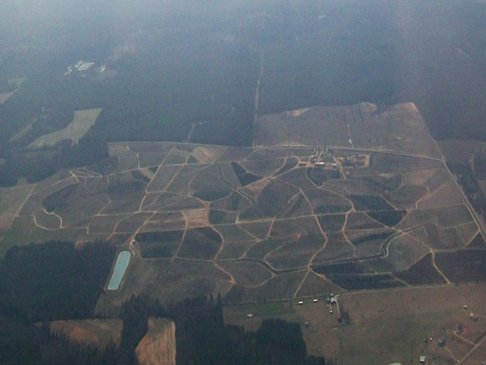
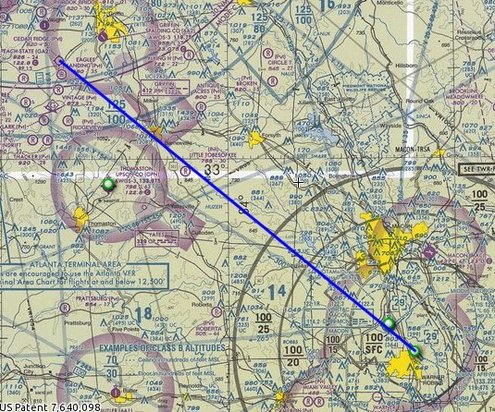
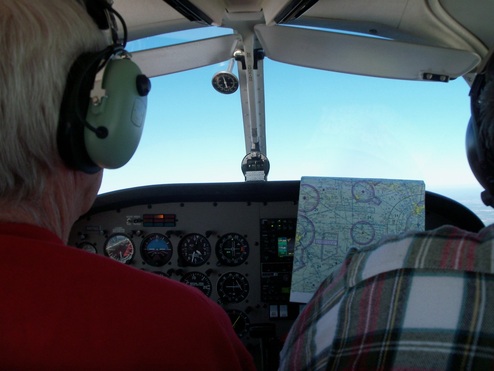
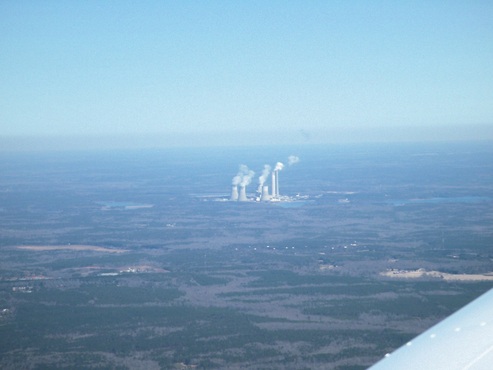
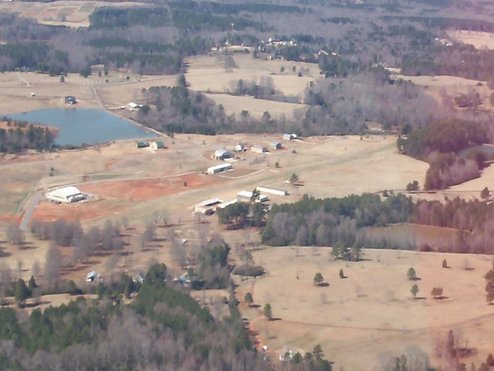
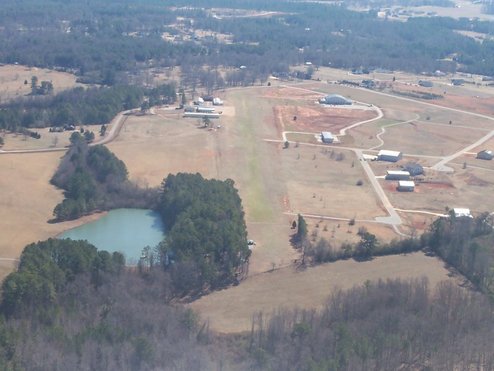
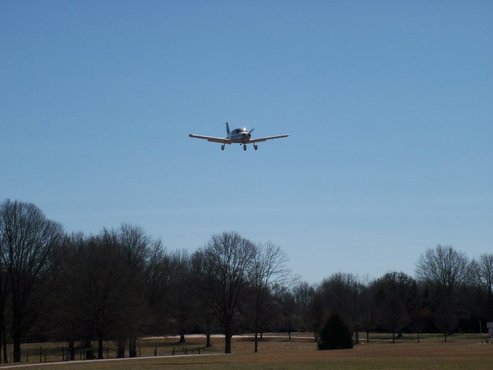
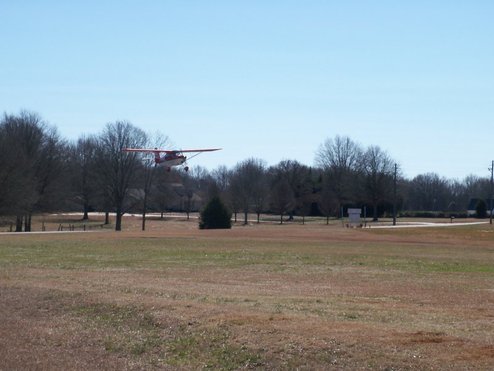
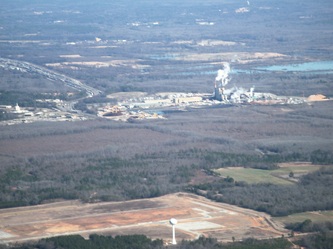
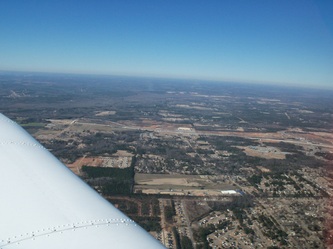
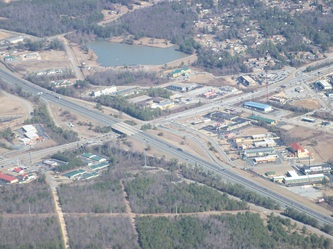
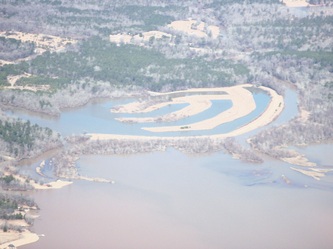
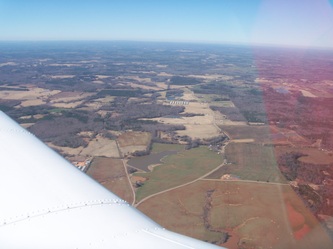
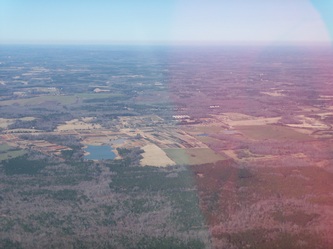
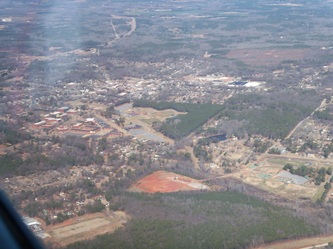
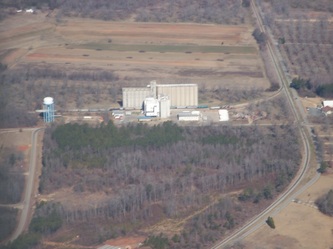
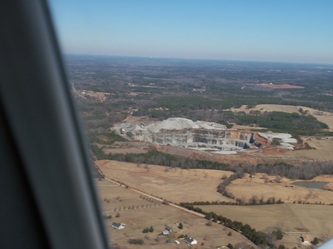
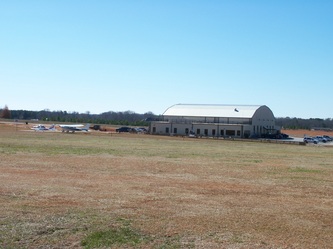
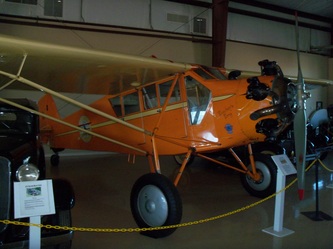
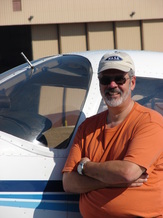
 RSS Feed
RSS Feed